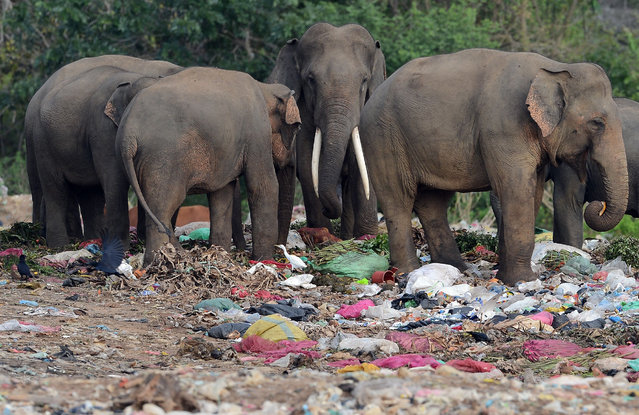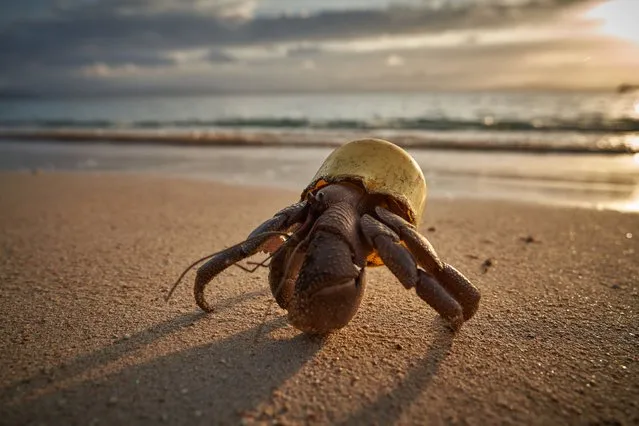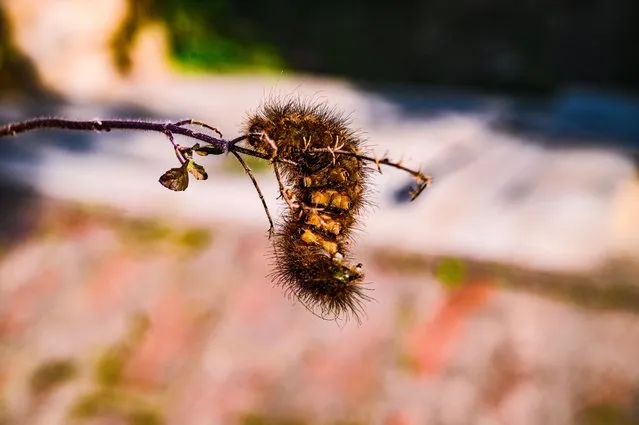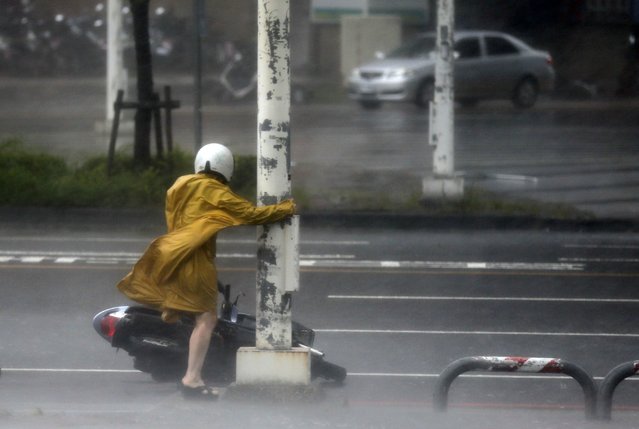
Wild elephants, including a tusker (C), rummage through garbage dumped at an open ground in the village of Digampathana in north- central Sri Lanka on August 19, 2017. Sri Lanka has banned the dumping of garbage at open fields and near wildlife reserves, but the practice continues. (Photo by Lakruwan Wanniarachchi/AFP Photo)
09 Oct 2017 07:45:00,post received
0 comments







